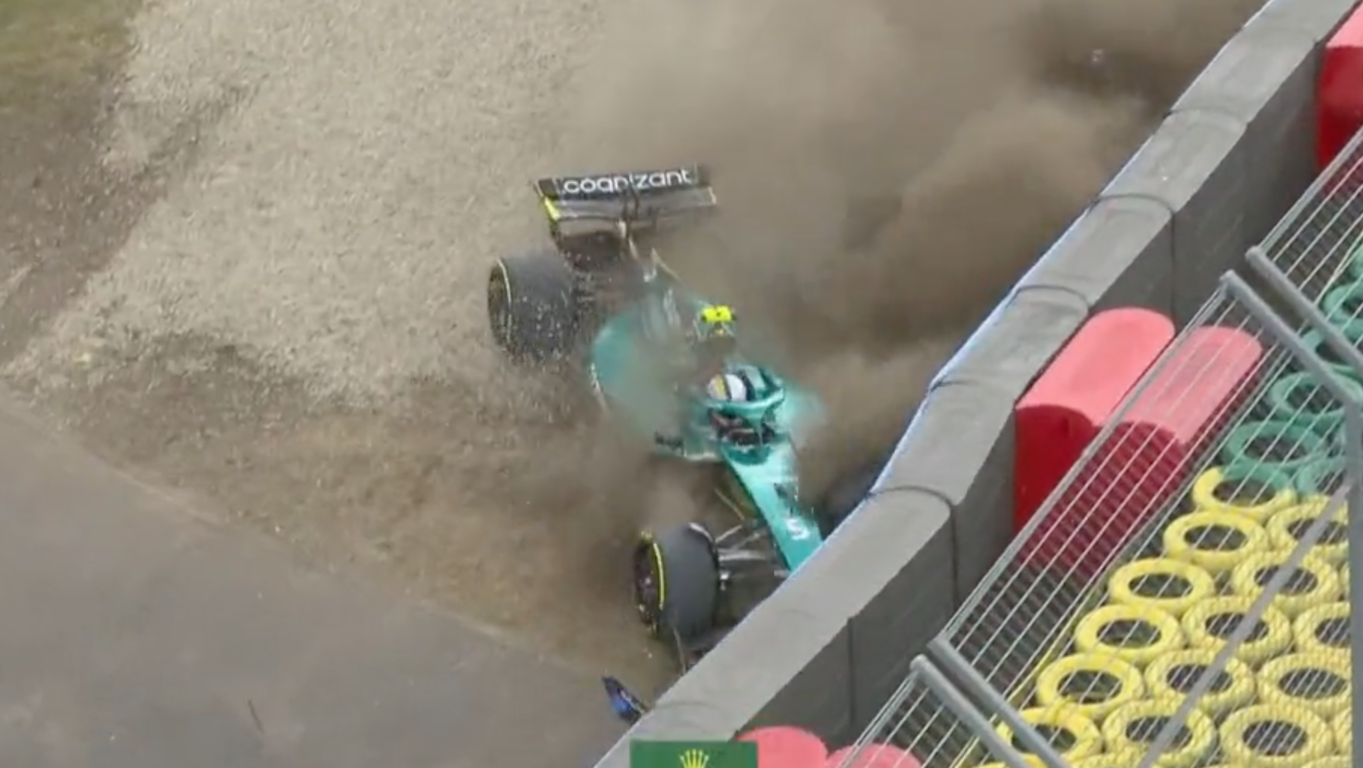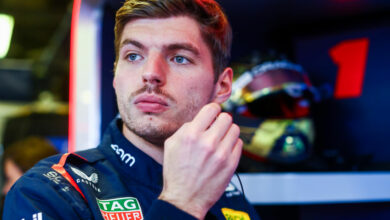Logan Sargeant Reflects on F1 Transition Challenges: Bridging the F2 Gap
Logan Sargeant recently discussed the formidable transition from Formula 2 to Formula 1, highlighting significant disparities in car performance and operational complexities. In his conversation with Autosport, Sargeant underscored the steep learning curve faced during his rookie season with Williams.
Key Takeaways:
- Gap in Car Performance: Sargeant emphasized the significant performance gap between F2 and F1 cars, describing the transition as “probably a bit too big for what it should be.”
- Detail-Oriented Nature of F1: He noted the intricate details and numerous performance factors in Formula 1, contrasting it with F2’s more straightforward approach.
- Challenge of Weekend Execution: Sargeant shared the complexities of managing various elements throughout an F1 race weekend, a challenge he is continually mastering.


In his detailed conversation with Autosport, American F1 driver Logan Sargeant opened up about his journey from the Formula 2 series to the high stakes world of Formula 1. His insights provide a candid look into the unique challenges and steep learning curve associated with making a mark in the premier class of motorsport.
One of the most striking differences, according to Sargeant, is the disparity in car performance between F2 and F1. He pointed out that understanding and adapting to the intricate details that contribute to performance in F1 is crucial, a notable departure from the more direct approach in F2.
“F2 is a great series that has great drivers, but I think the gap between the cars is probably a bit too big for what it should be,” Sargeant stated.
“There are just so many more fine details in F1, and there’s just so many more things that add into performance than just getting in the car and driving like you do in F2.”
Sargeant also highlighted the multitude of variables and operational aspects that need to be flawlessly managed throughout a Formula 1 weekend. This, he believes, is a significant challenge, especially for newcomers. His emphasis on the need for flawless execution in F1 underscores the sophistication and complexity of the series.
“There are so many things that you can do from a driving aspect that you can’t do enough to in an F2 car,” he continued.
“There’s just so many more things that add into performance than just getting in the car and driving like you do in F2. I feel like that’s the bit you miss. In F2 you just get in and drive, whereas in F1, there’s so many things that need to come together before you’ll be quick.”
Reflecting on his first season in F1, in which he earned one point, Sargeant commented on the challenge of consistently delivering top performance throughout a race weekend.
“I think the biggest challenge is just putting it together every single weekend,” he said.
“Throughout an F1 weekend, there’s so many variables and so many operational things to get right. It’s just really hard to piece it together perfectly throughout an entire weekend. And I think that’s the biggest thing. But experience helps just sort of naturally bring that together.”
As he gears up for his second season with Williams, Sargeant has set clear goals for himself, focusing on coherent performance over point scoring.
“Whether I score a point or not, I want to have good clean weekends where I put everything together. And if that means we score points then amazing. If that means we don’t, then it is what it is. But at least if I know that I was able to get everything out of it. That’s all I really am looking for. The points are just added bonuses.”
Sargeant’s reflections offer a rare glimpse into the inner workings of a sport where the line between success and failure is razor-thin. His journey and ongoing adaptation to Formula 1 continue to be a compelling narrative for fans and insiders alike.



